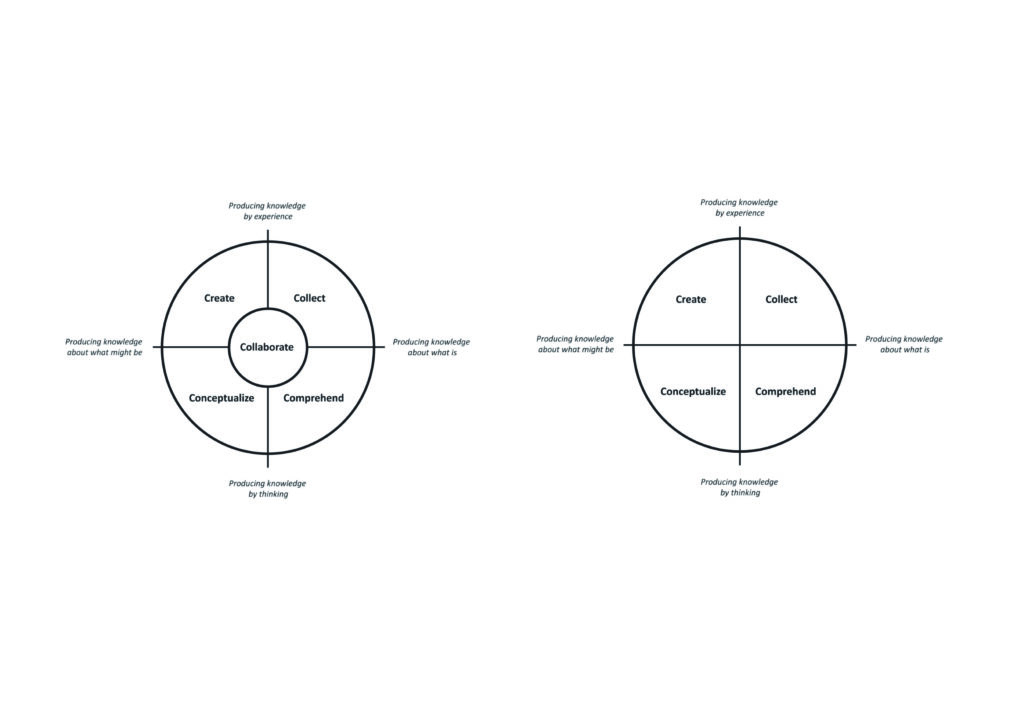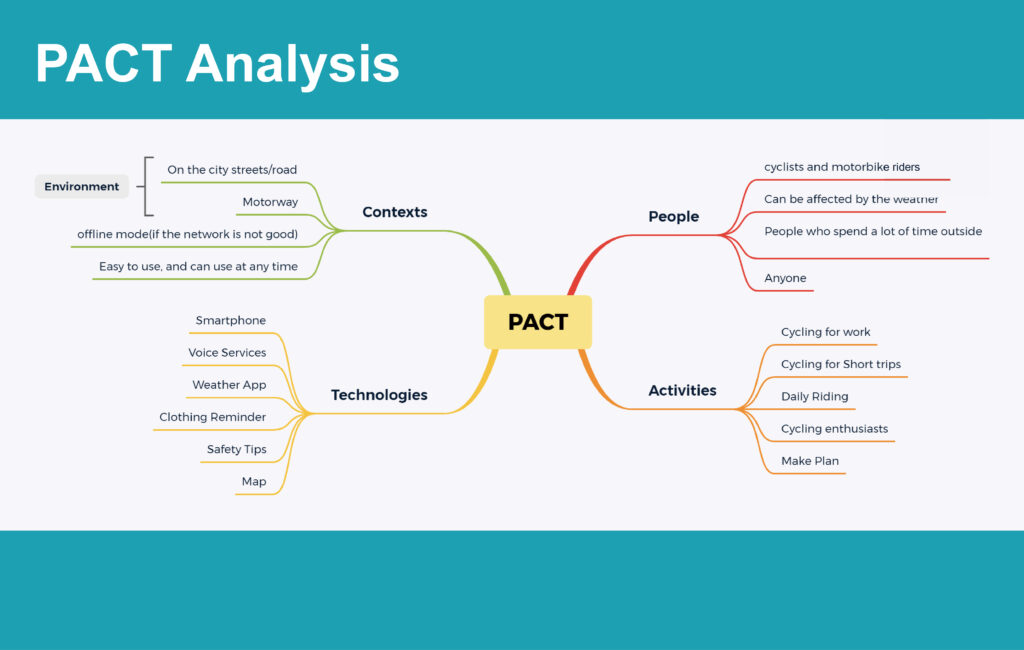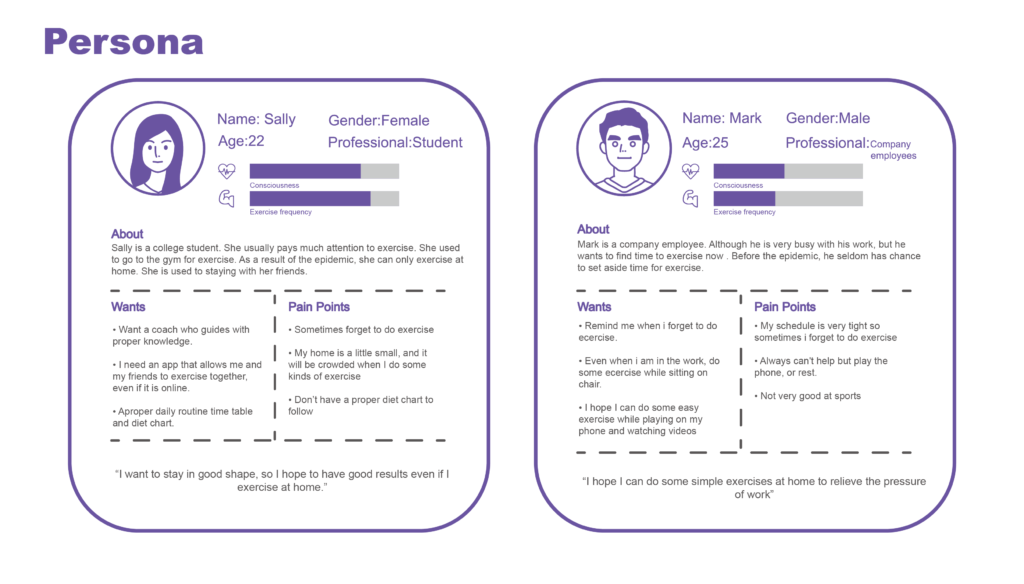Reflective report for the first semester
Introduction
In the Future of Design article it is mentioned that design started as a craft, but as technology evolves craft is no longer able to solve all the problems (Norman 2018), so there is a controversy of choosing craft or new tools. Interaction design, on the other hand, is an emerging discipline in the field of creating more exciting and over-the-top modes of human operation in a virtual world where behaviors, emotions, sounds and shapes can be designed.This is the human-centered design concept that is needed in today’s society. So we did an in-depth study.
- D – Describe objectively what happened
In the first semester of Design and Media, I produced four projects and wrote a blog every week for ten weeks. I also completed two papers. During this semester, I not only gained new knowledge, but also many new experiences. Changed many of my wrong ideas about design and gained a new understanding of design. 5C model is the design thinking that has been running through my whole semester. It is a mindset that I had never heard of before, it is a design strategy that aims to solve problems. 5C model guides designers to Collect-Comprehend-Conceptualize-Collaborate- Creat, This has been very helpful in my projects. Coming to a new environment to study, the teaching style has changed a lot from undergraduate. Before the start of each project we receive a brief which contains the requirements for the entire assignment.

PROJECT 1-Journey map: This is the first project I completed in the first week. I drew a map of my personal experiences for the past year in the form of a hand-drawn map to introduce my life experiences and what I have learned in the past year. I didn’t think enough in the early on in this project,because I had a wrong understanding of the design process that led me to start thinking about the outcome of the design, so I didn’t do a lot of research.
PROJECT 2-Everyday People: The brief of this project was to study the thoughts and experiences of users from one aspect of life. Because the COVID-19 this year has prevented many people from going out, so I chose people who exercise at home as my user group. Through questionnaire research, interviews, and field observations, I constructed virtual personas and came up with a user’s journey map and empathy map.
PROJECT 3-Rain Later: Based on this topic “rain later”, I systematically learned the right process to design an app such as user flow, wireframe, low fidelity, high fidelity and so on. Of course, this process is also common in other designs. At the same time, I learned how to design according to the needs of the target group of users, which linked to the content of project 2.

PROJECT 4-Conscious consumption:For my final project, I reviewed everything I learned during the semester and combined it with previous projects to better serve that project. Through a set of designs, I got a clear understanding of what the front-end of an application needs to be responsible for and I also learned that design should start from solving the problem, not from designing the result.All design should be human-centered and based on human needs. I was able to present my design ideas clearly in this project, which will help me a lot in my future design work.
- I – Interpret the events
Interaction designers are the shapers of behavior and the bridge between people and products. In different fields and different projects, we need to apply relevant knowledge and relative skills for a specific product. The experience of different projects has given me a deeper understanding of design. Usually we talk about human-centeredness, and my previous design thinking was contrary to it. So to create products with good experience we need to start from user needs and focus on people’s feelings. The most important thing is to iterate and test with users to enhance their experience. As Swette (2017) mentioned, don’t limit your research to data, “data” is not necessarily the truth, and putting the user experience first is good design.
- E – Evaluate what you learned
Through four projects this semester, I learned about the complete UI design process, methods and ideas. It combines the 5C concept with practical operation, so that design is not only in theory but in practice. More importantly, we learned about user and consumer behavior analysis and empathy, which are common to any design, whether you are in interaction design, interior design or graphic design. The key to design is to study the target user. We need to think differently, analyze them from the customer’s point of view, learn more about the user, get into their hearts, understand their inner real thoughts, what their needs are, and aggregate their feedback and then extract important information.
Ten weeks of self-study blogs are a great opportunity to add to our design theory and think about design. I learned a lot about design from the articles and videos I had to read for the weekly blog. This knowledge has given me a new definition of interaction design.
A good aesthetic is also the key to design. For example, in a traditional shopping environment, we walk into a store and the greeting we hear is “How can I help you or what do you need?” However, in an online shopping environment where there is no shopping guide, visual designers have the ability to change this by designing a visual path for the user to create a seamless and enjoyable browsing experience. This is exactly what the weekly lectures provide me. I am inspired by the weekly lectures, where designers share their achievements, experiences and lessons learned, as well as recommending the work and ideas of many famous designers. I often take screenshots, record them or write them down in my notebook, and search for them after class, which helps me to improve my aesthetic taste and design sense. There is an old Chinese saying that it is better to read ten thousand books than to travel ten thousand miles. I think it is also the same in design, it is very important to see more and broaden your horizon to get more inspiration.
Overall , this semester is a combination of theory, practice and lectures.
- P – Plan how this learning will be applied
I studied interior design before entering WSA, and the education philosophy at that time was more focused on the result rather than the process, after entering WSA, I found that the design process is more important here, and the result is not the most important. In my undergraduate years, I encountered bottlenecks in my design, and now I find that I encountered these bottlenecks because I paid too much attention to the results and neglected the process of design, while many problems need to be solved in the process of design. So after this semester’s study, I have clarified the method of design. This has increased my confidence to become a designer in the future. In my future design work, I will apply the design methods and concepts I have learned now to design projects. I will carefully study the target users, analyze what is their real needs from the customer’s perspective, analyze the data, use empathy to build the user model, and then sketch the final product design.
Secondly, I will do human-centered design. What is human-centered? A simple understanding is to ensure that the product is designed to meet the needs of the user, that it is easy to use and understand, that it does what is expected of it, and that it has a positive and enjoyable user experience. This is partly related to what I learned in my undergraduate studies, where I took a class called Ergonomics. This course requires us to make products that are human-centered and comfortable for the human body, not just aesthetically product. And this requires mastering human behavior patterns. Designing products that are convenient for human beings is what I should pursue in the future.
In the meantime, I will go to see more designers’ works. As I said before, I can only get more inspiration if I open my eyes. When you analyze and understand other people’s design, you will get a lot of experience and ideas. During the research process of Project 4, I deeply experienced this point. A good design vision is usually more than a designer can handle, and that’s not a bad thing. In fact, it means that over time, your eye can help you recognize progress in your designs. As you improve your taste and ability to identify the strengths and weaknesses in your design, you will eventually set a high standard for your work.
Finally, I learned that no matter what the job is, we all need to be part of a team. No position within a company is isolated, it has to work with other departments or other teams. As much as I hate trying to interact with strangers, it’s something a designer has to do and I need to get comfortable with it. So I hope to get an early sense of teamwork to design, rather than working alone.
References
Norman, D. A.,2016,The Future of Design: When you come to a fork in the road, take it. Available at: http://www.jnd.org/dn.mss/the_future_of_design.html (Accessed 14 May 2021).
Swette, R., 2017. Examples of Insights for Design. Available at: https://medium.com/ux-data/insights-for-design-real-anecdotes-b84309a8fc40 (Accessed 14 May 2021).

